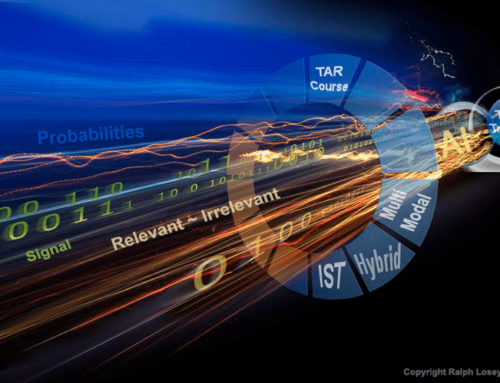Requesting Native Files:
It may be beneficial to put together an ESI Agreement with opposing counsel in order to ensure that you outline all requirements. For example, load file specifications and the manner in which privileged and redacted documents should be handled.
Additionally, it is highly important to follow the guidelines of Rule 34. Rule 34 covers the rules in timing when given a discovery request. Essentially setting the timeline of when and how you must respond to a request.
When receiving files in their native format, it is best to request a load file that contains all metadata along with the images and your natives. The load file will be used to load your data into the review platform you have chosen. If you would like to bates label your files during production you should make sure you have images with your load file (i.e. PDF or TIFF files). The load file should contain the path between the images and the natives.
When it comes to privileged or redacted documents, you will not be able to produce them in their native format so you must consider how you would like them produced. Additionally, you will want to discuss deduplication with an e-discovery expert to make sure you are not reviewing duplicate documents. This can greatly extend review time.
Email threading can be very useful when reviewing emails. Email threading refers to the grouping of relevant emails and when it comes to large productions, tools that identify near duplicates can be useful to create a better thread of relevant emails. In more small-scale productions, sorting your emails by date can be successful.
Lastly, It is important to full searchability and with native files, you will need to make sure they are ran through an optical character recognition (OCR) tool. OCR will convert your non searchable documents to be searchable. Which allows full searchability when the documents are loaded into the review hosting software of your choosing.
Requesting Native Files
For more Tidbits & Thoughts, please click here.






